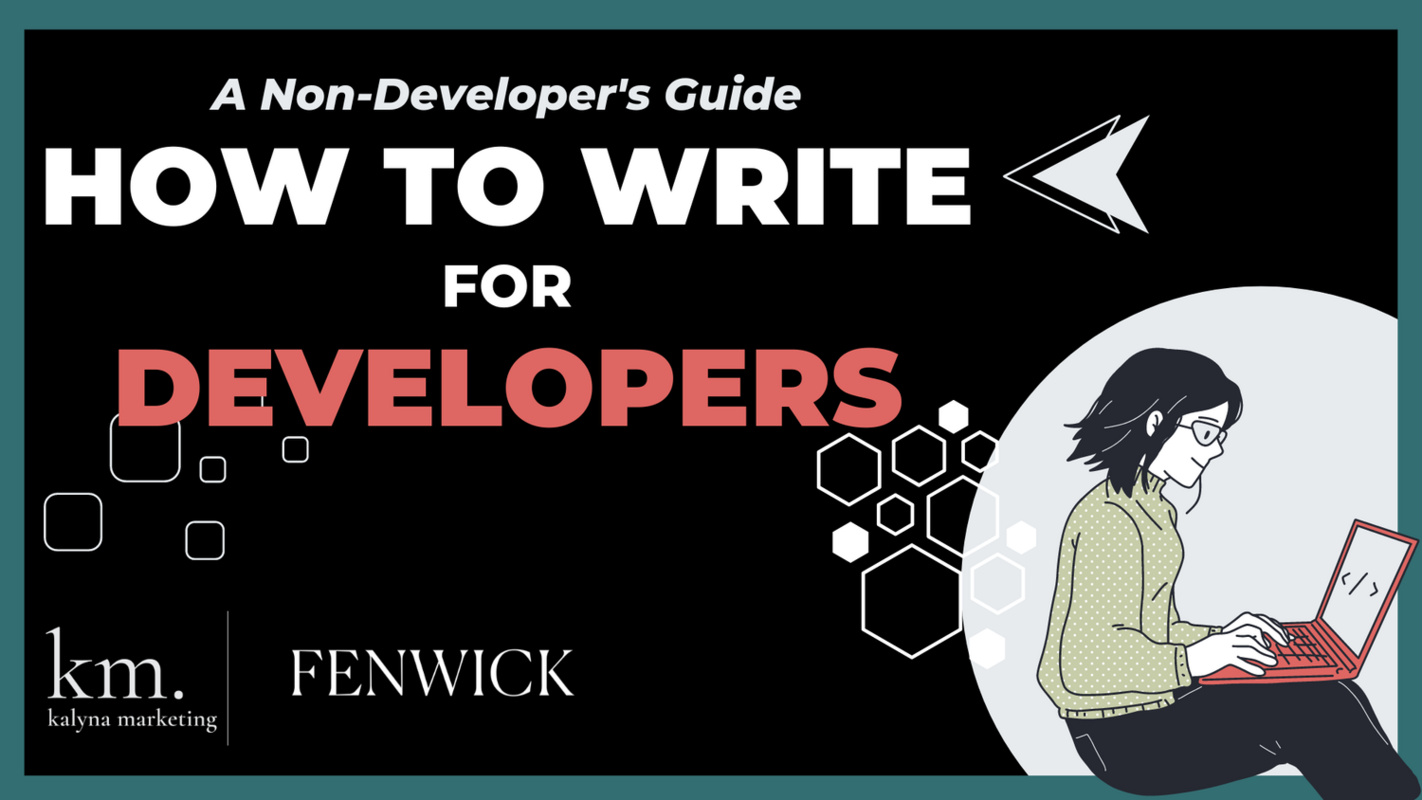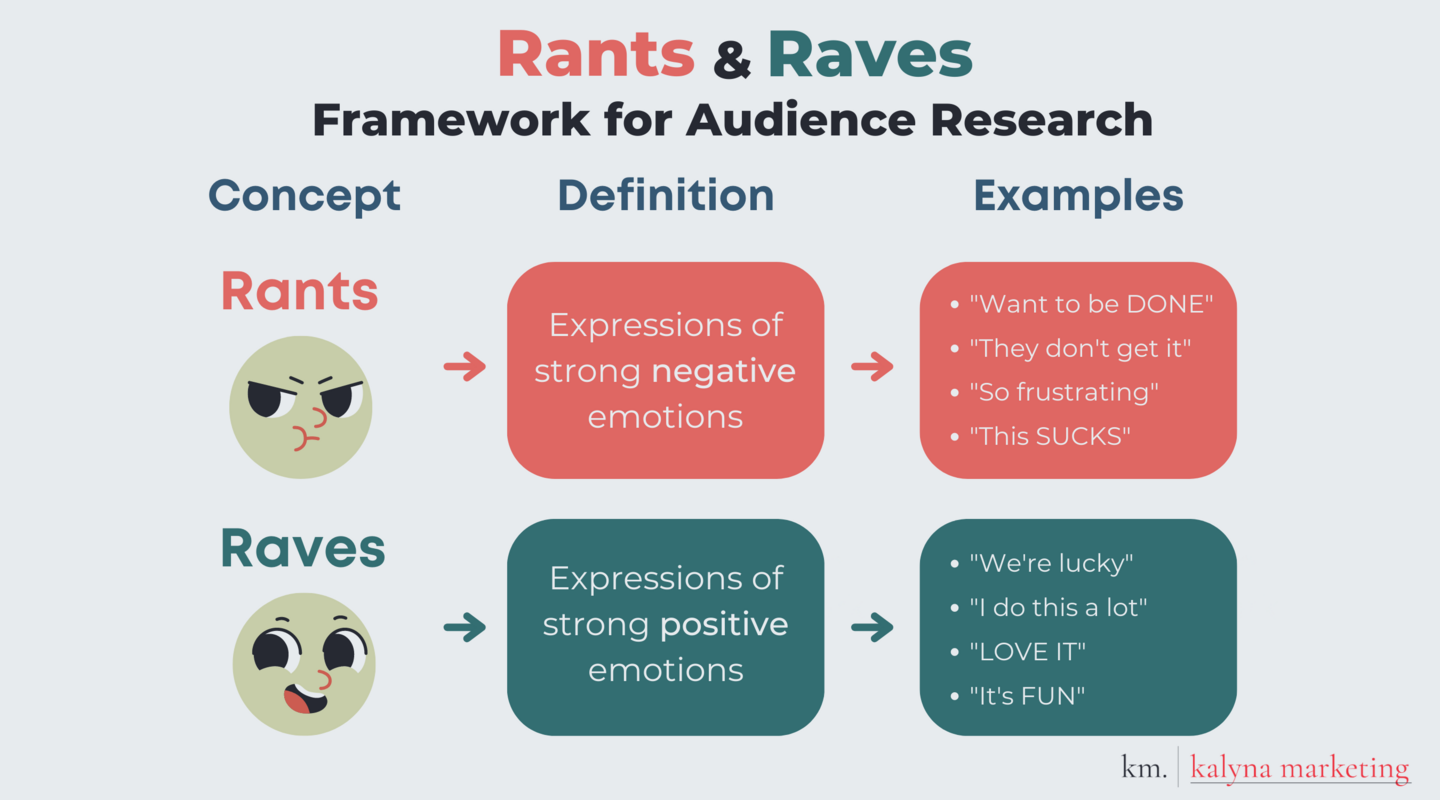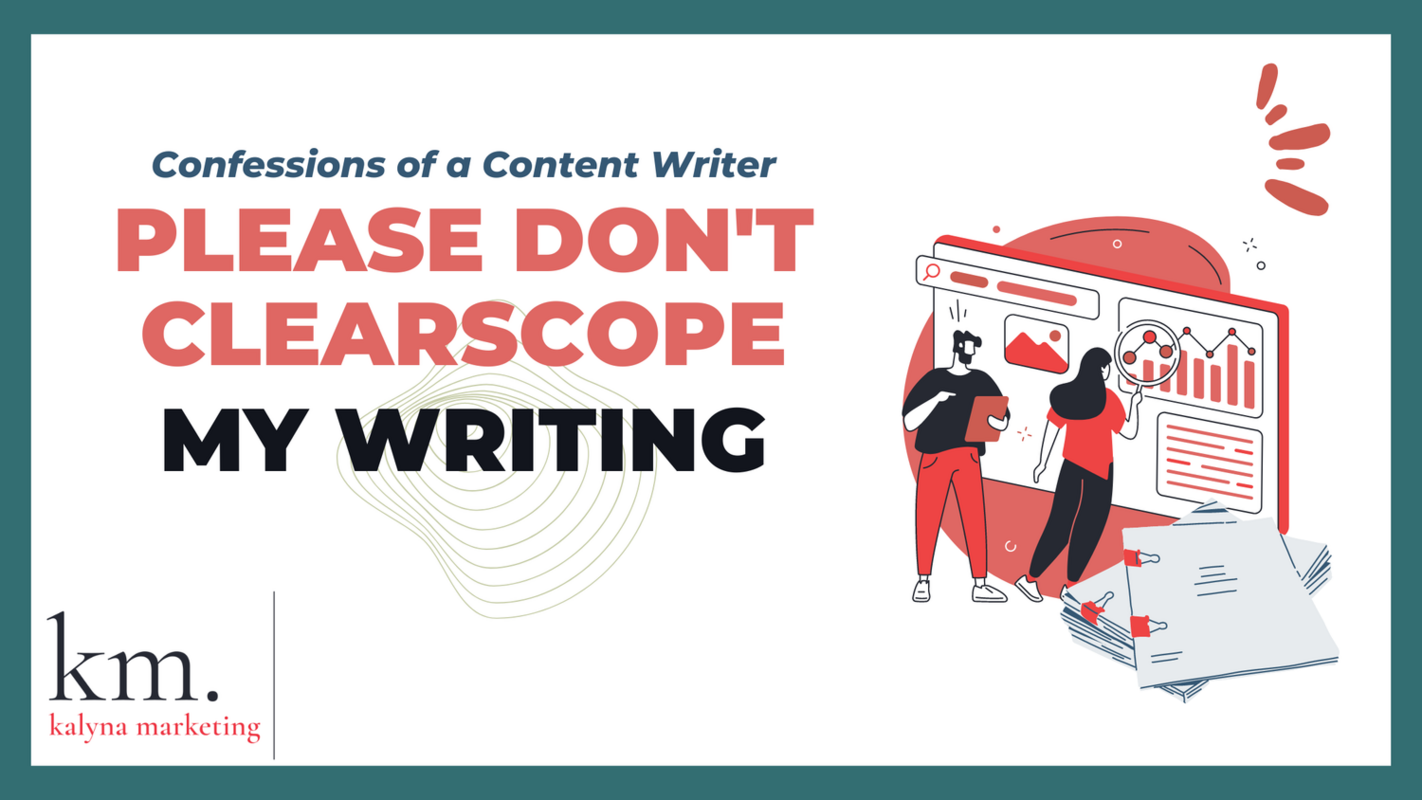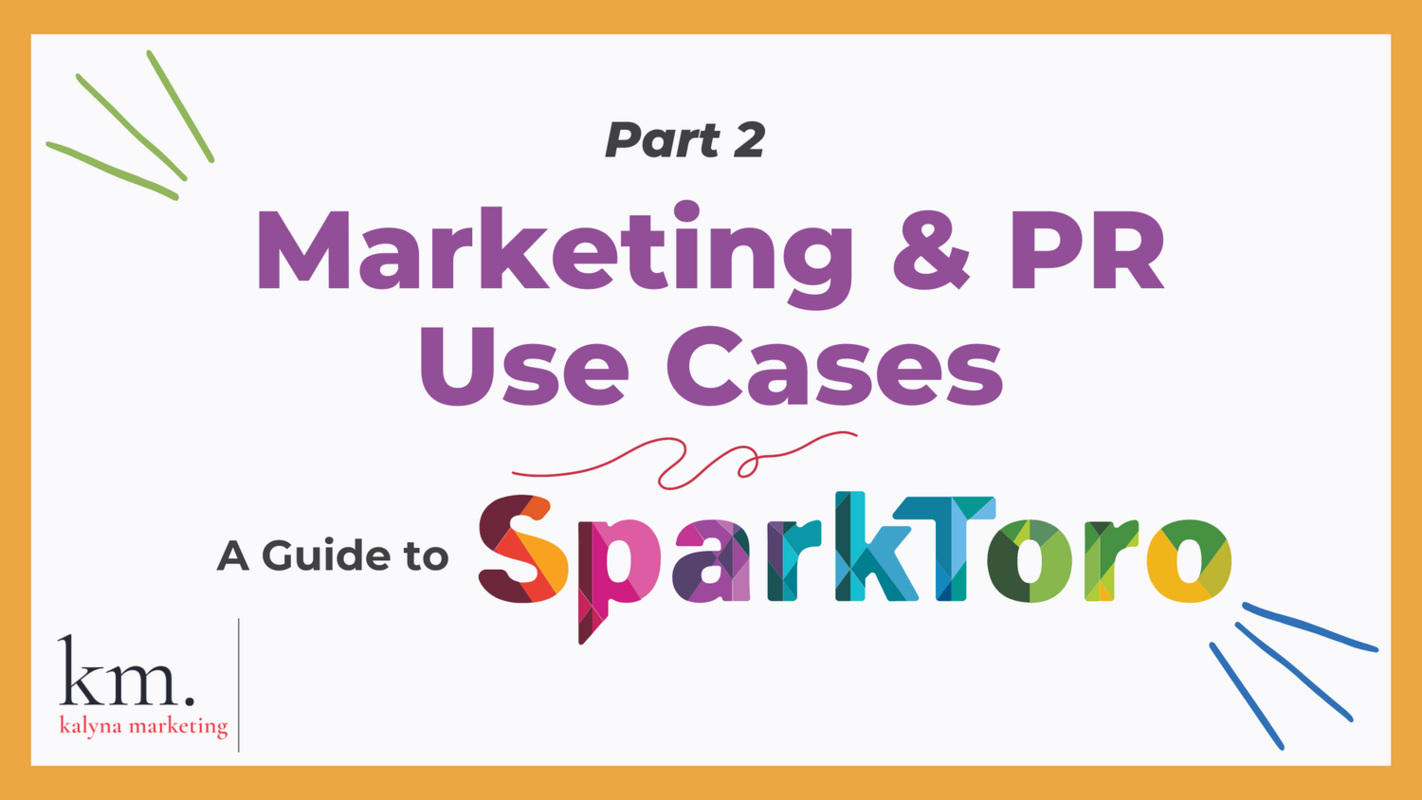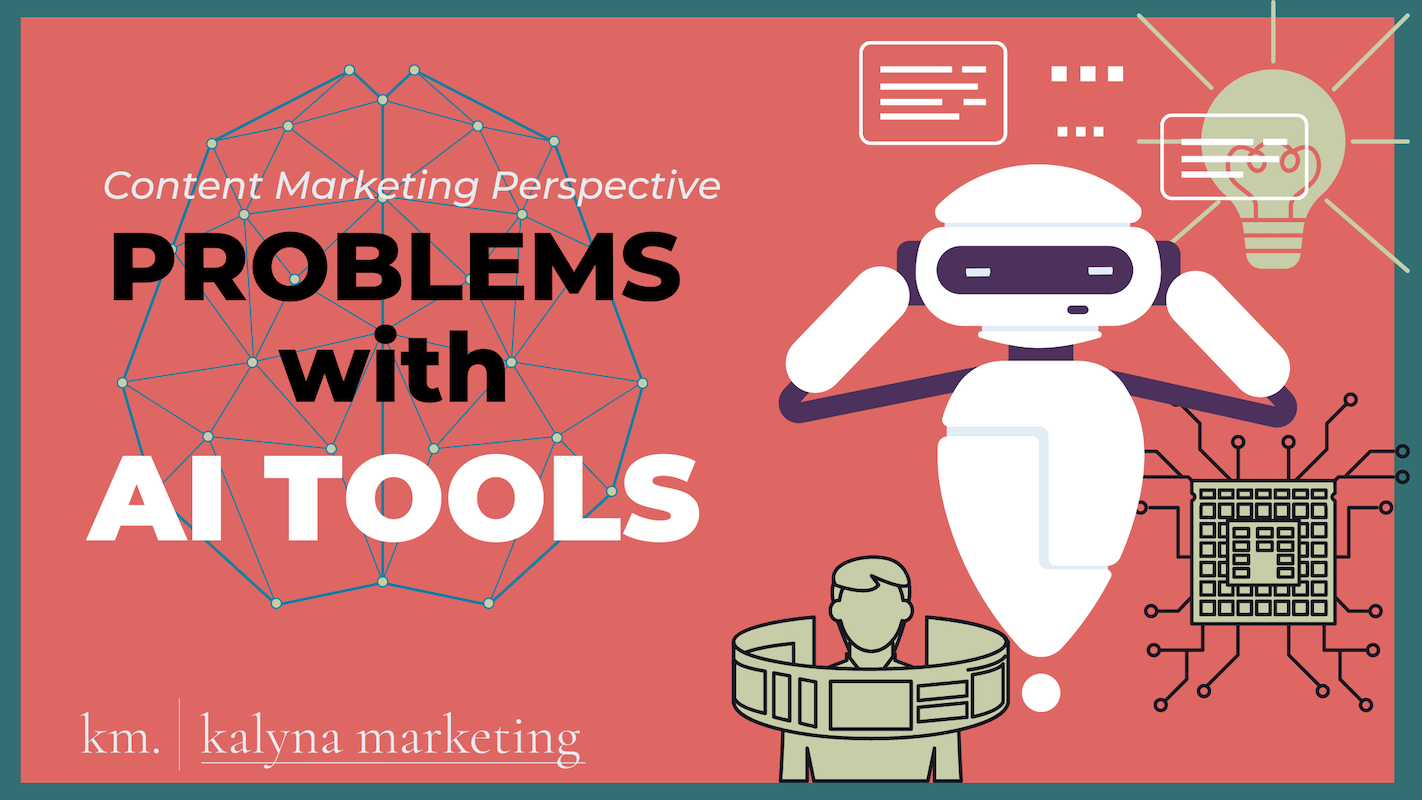



Planning your content campaigns and marketing budget going into 2023?
Consider these approaches and perspectives from Kalyna Marketing’s content team based on our time speaking with marketers like you and generating successful results for our B2B tech clients.
This playlist features advice & discussions on: - AI writing tools & the rise of ChatGPT - Our obsessions with shallow metrics and chasing new marketing technology - Unexpected problems with depending on SEO content optimization tools - Harmful dynamics promoted by ad campaigns & cold outreach - In-depth techniques for properly analyzing your competitors’ content.
When you sign up for The Juice for free, you also get:
- The ability to follow an unlimited number of topics, brands, and creators.
- ONE email digest and feed where we deliver everything you follow.
- Automated summaries of content to deliver a pulp-free experience.
- Access to curated resources personalized for your role and experience.
Engagement on LinkedIn means people feel like your posts are speaking to them. It means the conversation has started. And when LinkedIn's algorithm takes notice of that engagement, it amplifies your message.
Because LinkedIn is such an essential channel for building B2B brand authority, we've developed a strategy that can help you leverage LinkedIn better. We hope that our advice can help you generate qualified leads, improve your overall inbound pipeline, and nurture strategic relationships through genuine thought leadership.
For SMBs and resource-constrained startups in the B2B space, this strategy can mean truly bringing your brand to market. Content distribution and awareness are possible. You truly can grow your brand presence through a combination of meticulous user research, thought leadership, and posting helpful content. And the best part? By following this strategy, you'll establish your company's name in the minds (and hearts) of your ideal clients.
If you're building a content strategy, you need a method for analyzing popular competitor content and applying those insights to elevate your marketing efforts.
Answer these questions as a starting point:
- Do you see any gaps in the information presented within this content?
- Is there anything that you disagree with or, better yet, know is wrong? (Then you can explain why the reader should agree with you instead)
- Is anything confusing? If you're confused, your target readers probably are too.
- Does anything require elaboration or additional context? How can you provide that?
Every piece of content that's already out there is an opportunity for you to show your brand's expertise.
Use this Notion template to conduct your own in-depth competitor content analysis.
Upon initial release, Google's new Search Generative Experience (SGE), is a refreshing implementation of generative AI to search. Together with upcoming changes to the Helpful Content Update (HCU), SGE stands to shake up SEO and digital marketing more than anybody expected.
I've spent a couple hours playing around with Google's new AI-powered search experience, here are my honest first impressions and takeaways for other content marketers and SEO professionals.
Want to learn how to write for developers, even if you've never written a line of code? We've got you. Follow our tips to write technical texts in no time.
Guide for developer marketing, creating content for developers, reading technical content, and writing about technical topics.
I'm tired of marketers saying that they don't do audience research or that the practice of studying the target audience for their marketing campaigns is "niche". I don't believe it, I think this assumption needs to change, and here's my case for it.
If you're doing any marketing, you have to know who you're marketing to, right? If it's digital marketing, then you have to know: who are you marketing to and what do they do online?
That's it. That's audience research.
So I think part of the gap with "audience research" is terminology. We don't use that term, so we think that we don't do those activities in our marketing work. But so much of what we consider market research, competitor research, customer research.... a lot of it overlaps with looking into the audiences for our marketing content. And that, my friends, is indeed audience research.
Chapters:
00:00 - Intro
00:13 - Is "Audience Research" Niche?
02:03 - First Reason, Terminology
03:18 - Second Reason, No Marketing Foundations
04:43 - Should We Learn Marketing Fundamentals?
06:39 - Why Marketers Need To Change
07:15 - Customer Research Isn't Enough
07:51 - Conclusion
___
This video was created by Mariya Delano from Kalyna Marketing, a content marketing & audience research agency for B2B SaaS startups. Find us here:
https://kalynamarketing.com/
Researching your target audience or customer base?
Look for rants and raves!
People express their emotions online, and when they do - LISTEN. Pay attention to phrases indicating that someone REALLY cares and puts a lot of emotional weight into their opinion (whether positive or negative).
Those moments of high emotional engagement can be split into 2 types:
1. Rants - negative emotions. People are complaining about something but they need to share WHY they don't like it.
2. Raves - positive emotions. People love something, find something funny, and they want everyone to know WHY they like it.
You can then develop your strategy, plan content, or engage with your audience from a foundation of true empathy for how they feel.
The way marketers usually think of their software breaks down in front of a more unorthodox tool like SparkToro. Sure, you can run some cool searches and get fun numbers about your audience. But will you know what to do with that information?
I want to present you with a manifesto of sorts - a different approach to your marketing research and to working with your marketing technology stack.
The key to this approach? Stop searching for easy answers from your marketing tools. When you take tactical recommendations from another source (human or software), you are sacrificing a level of control within your work. To properly adapt your marketing campaigns to your business, learn how to design both strategy and tactics from scratch.
And SparkToro is one of the only marketing tools that can help you figure out both strategy and tactics. So to get value from SparkToro's audience research data, think about marketing like a cook: each data point is like a different ingredient within your kitchen and you are the chef cooking a delicious meal.
It's not the writer's fault your content sucks.
When you give your writer a brief, a Clearscope report, and a deadline and then leave them to fend for themselves... you're setting them up for failure.
How can anyone create a killer piece of content with only those shallow resources?
Learn about a variety of use cases for SparkToro, the audience research software. Includes examples across different types of marketing, PR, content creation, and simply some nifty ways to play with cool audience data.
Includes best tips, and specific recommendations for how to use SparkToro's software for those situations.
Remember, when you're marketing to somebody, they don't owe you anything.They don't owe you their time. They don't owe you their attention.You have to earn b...
AI writing tools like ChatGPT and Bing AI cannot handle most content marketing tasks because the technology these tools are built on fails to create new ideas, understand meaning, or distinguish fact from fiction.
I wanted the hype for generative AI to be real. More than most, I was so excited for these tools to help me with my marketing work. You see, I love technology and trying out software. What I don't love is the process of writing a lot of content on a short deadline imposed by someone other than myself. I am the perfect user for ChatGPT.
But ChatGPT failed to win my heart and prove its value to my work, just as its predecessors failed before.
Most "best practices" for content marketing and search engine optimization (SEO) are actually outdated, lacking context, or simply ineffective. Join Mariya Delano from Kalyna Marketing as she takes you behind the scenes to look at what those supposed best practices are, how most marketers tend to approach content audits & research, and what she suggests marketers should do instead.
Chapters:
0:00 Introduction
1:42 Looking at Snowflake's blog
3:30 HubSpot's content audit tips
4:20 Semrush's content audit guide
8:35 Keyword analysis for Snowflake
11:42 Looking for "SEO strategy" best practices
13:14 Analyzing a specific keyword
18:00 More SEO tool analysis for Snowflake
23:57 Comparing SEO article vs ChatGPT's output
29:37 Our method: looking up common questions
36:09 SparkToro! Our favorite marketing tool
48:07 Conclusion - approaches and tools


